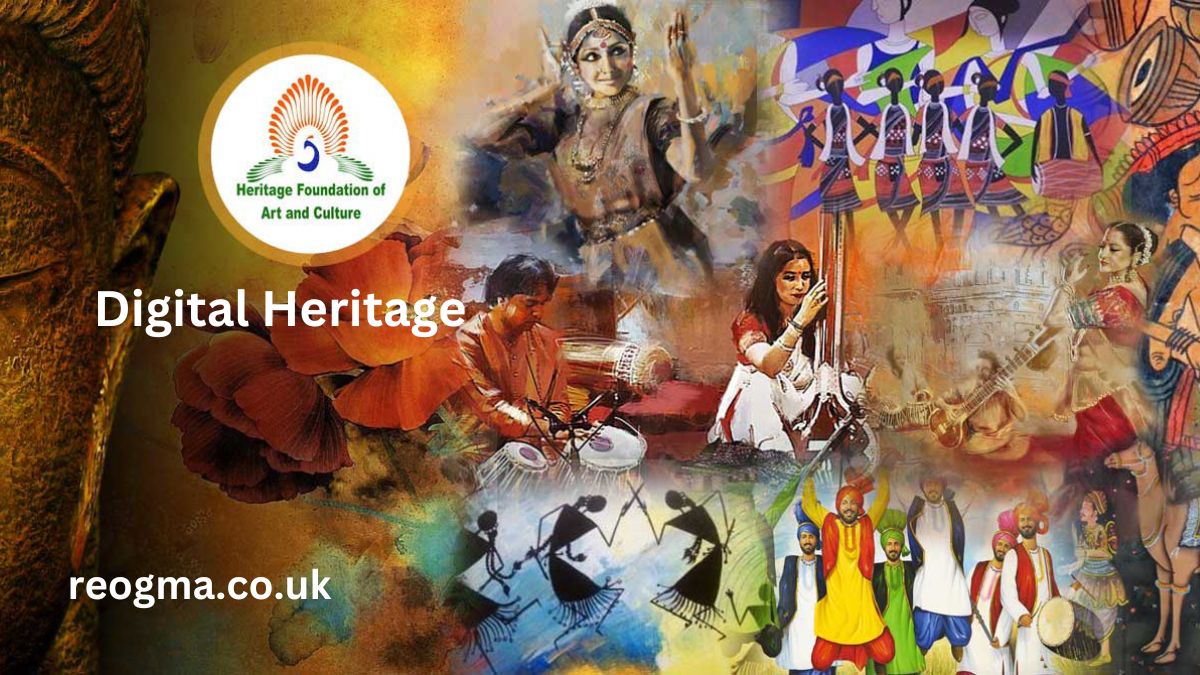Digital heritage refers to the representation of cultural heritage in digital form. This encompasses everything from digitized documents, photographs, and artifacts to born-digital works like websites and social media content. The rise of the internet and digital media has transformed how we access, share, and preserve cultural materials.
Key Themes
- Preservation Techniques:
- Methods for digitizing physical artifacts.
- Challenges in maintaining digital formats over time, including obsolescence and data corruption.
- Access and Accessibility:
- How digital platforms enhance access to cultural materials for broader audiences.
- Ensuring that digital heritage is accessible to people with disabilities.
- Ethics and Ownership:
- Questions surrounding copyright and intellectual property in the digital realm.
- The role of indigenous and local communities in managing their digital heritage.
- Virtual Exhibitions and Engagement:
- The use of virtual reality (VR) and augmented reality (AR) to create immersive experiences.
- How digital heritage can engage younger audiences and foster community involvement.
- Curation and Representation:
- The importance of thoughtful curation in representing diverse narratives.
- The impact of algorithms and social media on the visibility of cultural heritage.
Case Studies
- National Archives Projects: Highlighting successful digitization initiatives by national archives around the world.
- Crowdsourcing Digitization: Exploring projects that rely on community contributions for digitizing local heritage.
- Digital Repatriation: Examining efforts to return digital copies of cultural artifacts to their communities of origin.
Future Directions
- The potential of AI and machine learning in enhancing digitization processes.
- Innovations in preserving ephemeral digital content.
- The evolving role of museums and cultural institutions in the digital landscape.
Conclusion
As we navigate the complexities of digital heritage, it’s essential to balance technological advances with ethical considerations, ensuring that cultural heritage is preserved and accessible for future generations. Engaging with these themes can help foster a deeper appreciation of our shared history and cultural diversity in the digital age.
What specific aspects of this topic would you like to explore further?
FAQs on Digital Heritage
1. What is digital heritage? Digital heritage refers to cultural artifacts and practices that are preserved, documented, and shared in digital formats. This includes digitized historical documents, photographs, audiovisual materials, and even digital-born content like websites and social media.
2. Why is digital heritage important? Digital heritage is crucial for preserving cultural identity and history, making it accessible to a broader audience, and ensuring that future generations can learn from and engage with their cultural past.
3. How are cultural institutions involved in digital heritage? Museums, libraries, and archives often lead efforts in digitizing collections, creating virtual exhibitions, and developing online resources to make cultural materials accessible. They also engage in community outreach to involve the public in preserving local heritage.
4. What challenges does digital heritage face? Key challenges include the risk of digital obsolescence, data corruption, maintaining accessibility, and ensuring ethical practices regarding ownership and representation of cultural materials.
5. How can communities participate in preserving digital heritage? Communities can contribute through crowdsourced digitization projects, sharing personal stories and photographs, and collaborating with cultural institutions to document local history.









